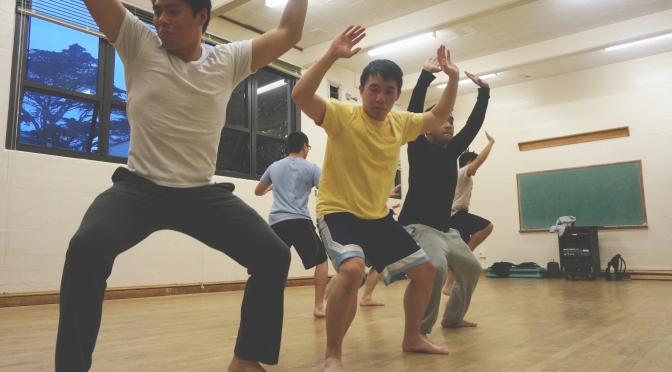By Eleazar Malabanan
For twelve years the Filipino community here at State has claimed an important victory in the form of art: a mural dedicated to the struggle of the entire community worldwide is displayed. With the recent collaboration of all the Filipino organizations of Mula Sa Ugat, we see how our roots became grew to become the shoulders we stand on. We see the bonds and the community that we all talk about finally form here at state. For at least once a year, we see the whole San Francsico State Filipino community come together to show how much we love our culture, our history, and our ancestors whose shoulders we stand on now.
This year’s celebration was full of many events both old and new. One day dedicated to the education of the public, to ensure we not only celebrate but remember exactly where and why we have the mural. Workshops provided by all the organizations instating the different parts of the mural and how each of the individuals impacted the world today. The next day included many different events as well full of displays of dance, music, and food. Timothy Balilo, Jeannel Poyoaon, and Erin Cruz hosted the event giving life throughout the night and introducing speakers and musicians left and right. Jordan Ilagan, Secretary General of the SF State branch of the League of Filipino Students (LFS-SFSU) and current PCN co-scriptwriter, spoke with passion about his endeavors in the Filipino community and how he strongly believes about the situations that many of us still rather sleep on. Along with the president of NAFCON (National Alliance of Filipino Concerns), Terry Valen who gave a moving speech about the involvement in the community as well as the current battle against racism now with excerpts of the San Francisco Police Department, stating their extremely racist and fascist comments of African Americans and Filipino Americans alike. Not only were these speakers great but the musicians and performs as well. One of the sisters of Alpha Kappa Omicron (AKO) brought her dance team into the celebration to perform an entertaining routine. We also had the opportunity to see LFS and PACE head Coordinator Patrick Racela and IV Kapwa Member Aaron Agudelo rap as well. Finally we ended the night with Hopie, A Law student by day, and Rapper by every other time of the day. These performers allowed us to see their talents as well as just to celebrate the mural that represents who we are as a community.

The Mural Celebration this year shows our growing communities that we still have much work to do. It shows the power of all the organizations combining and the force we can bring to even more events, and more places. We stand on their shoulders, yet pretty soon we will be lifting the people in our community even higher on ours.












